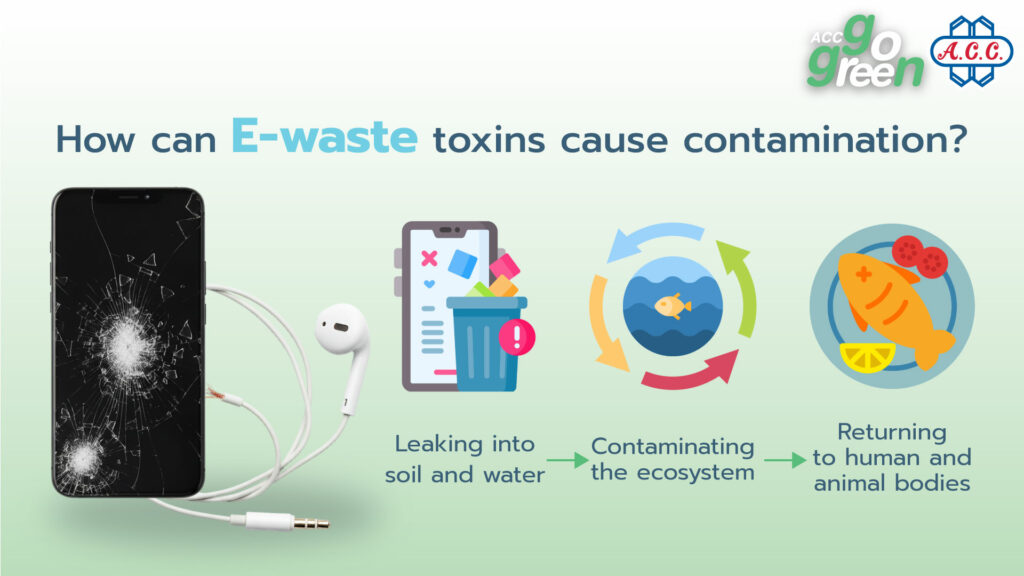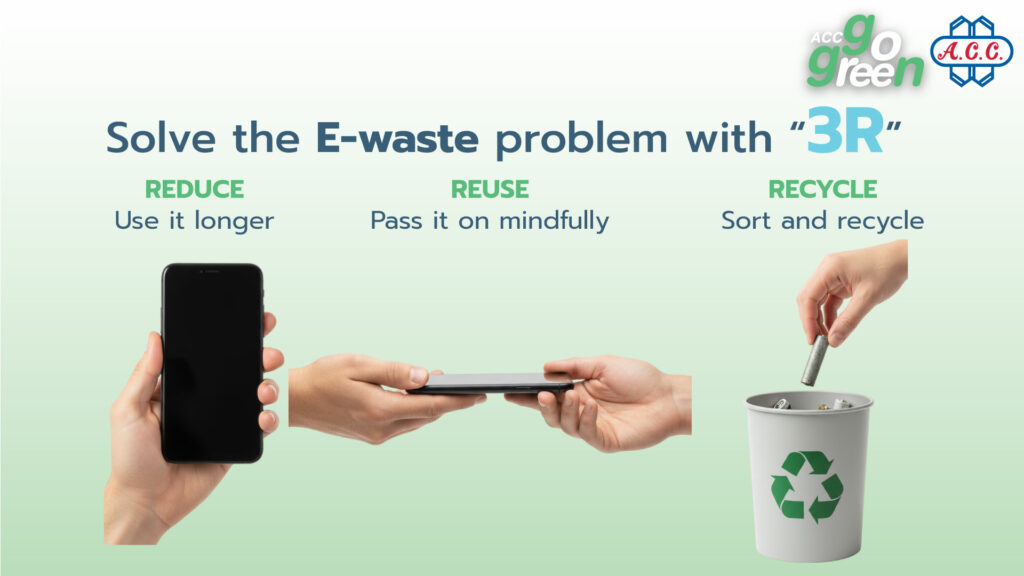In a world that moves at lightning speed, digital devices have become an unavoidable part of our lives. From the smartphone constantly in our hands to the trusty desktop computer for work, many of us might not realize that when these items reach the end of their lifespan or break, they become “electronic waste” or E-Waste. This waste often gets hidden away in a home drawer, under the bed, or in an ignored storage box. Whether it’s broken headphones, a frayed charging cable, an old phone we no longer use, or a dead battery, these things seem like small items. But in reality, they’re hiding a bigger problem than you think.
If we don’t manage it properly, this problem won’t just affect us. It will have long-term consequences for the environment and all life on this planet. This article will take you on a deep dive into the hidden issues of e-waste, help you understand why these small items are a ticking time bomb, and show you how we, as device owners, can help solve this problem.
The Overlooked Problems and Impacts of E-Waste
At first glance, many people might think e-waste is just plastic and metal scraps. But in reality, these devices contain a large number of hazardous chemicals and heavy metals, such as Lead, Mercury, Cadmium, and Arsenic. These substances are toxic to living organisms. When they are thrown away with regular trash in a landfill, these toxins can slowly leak into the soil and groundwater, causing continuous contamination of the ecosystem.
Just imagine how far these toxins can travel. They can flow into rivers, canals, and the sea, affecting marine life and plants. When we consume seafood or water contaminated with these substances, the toxins can accumulate in our bodies, leading to a risk of serious health problems like nervous system disorders, kidney and liver issues, or even developmental abnormalities in young children. Additionally, improperly burning e-waste to salvage valuable metals can release toxins into the air, which is dangerous for the respiratory systems of both humans and animals.
 The E-Waste Situation in Thailand: A Crisis That’s Growing Every Day
The E-Waste Situation in Thailand: A Crisis That’s Growing Every Day
Thailand is currently facing a worrying e-waste situation. According to data from the Pollution Control Department, the amount of e-waste in the country has been steadily increasing each year, reaching over 400,000 tons annually, with only a small portion being properly managed. The main reason for this is the rapid growth of technology in the digital age. Devices are becoming more affordable and new models are constantly being released, leading consumers to change their devices more frequently.
The resulting problem is that most of this waste doesn’t go to standardized recycling centers. Instead, it gets mixed with general trash or sent to illegal and unregulated waste management sites. This makes the sorting process dangerous and environmentally unfriendly. Without education and a structured management system, this problem will continue to accumulate and worsen, becoming an environmental crisis that affects all Thais in the near future.
Solutions Everyone Can Participate In
Even though the problem seems huge, everyone can start making a difference from home by properly managing their e-waste. Here are some simple guidelines you can use:
∘ Reduce
Consider whether your current devices are still usable. If they break or fail, try to fix them first, and make a habit of taking care of your devices to extend their lifespan as long as possible before deciding to buy a new one.
∘ Reuse
If your device is still in good working condition, consider donating it to a school, a charity, or someone who needs it. This not only helps reduce waste but also creates opportunities for others.
∘ Recycle
For devices that can no longer be repaired or reused, such as broken headphones or dead batteries, separate them clearly from your general trash. Then, take them to an e-waste drop-off point, such as a district office, certain department stores, or some electronics manufacturers that have take-back programs. This ensures the waste is managed correctly and valuable components can be recovered and reused.
∘ Choose Eco-friendly Products
In the future, when it’s time to buy a new device, consider choosing products made from recycled materials or ones that are easily recyclable to support manufacturers that prioritize reducing their environmental impact.
 Conclusion
Conclusion
E-waste may just be a small, overlooked item, but if we don’t handle it properly, it will become a huge environmental problem that affects all life on this planet. On the other hand, if we all cooperate by simply starting to manage e-waste correctly at home, we can significantly reduce the amount of toxins contaminating the environment and help circulate natural resources to be used more efficiently. Our seemingly small actions today will create a big change for our world tomorrow.
And as a quality chemical manufacturer committed to sustainability, Asian Chemical Co., Ltd. (ACC) wants to be part of supporting the Circular Economy concept and sustainable waste management through our ACC GO GREEN project. We are dedicated to providing environmental knowledge and raising awareness in society to help build a livable, green world for the next generation.


